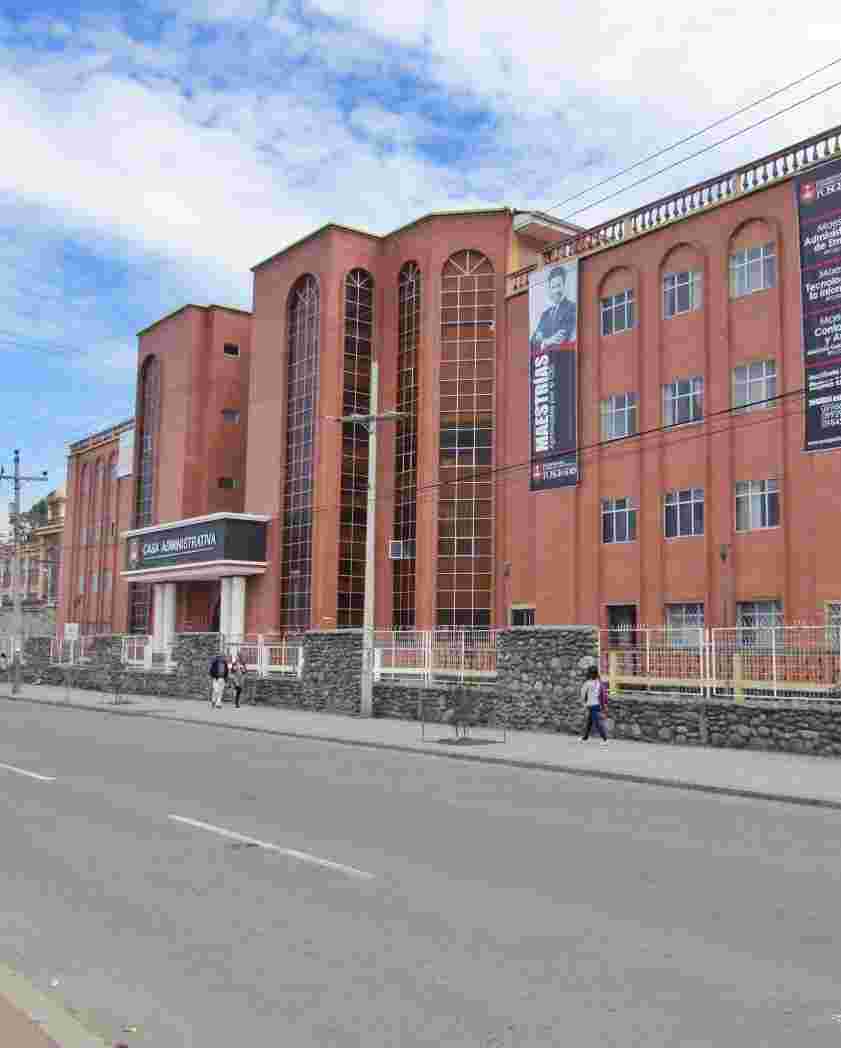Sede Azogues - Medicina
URI permanente para esta comunidadhttps://dspace.ucacue.edu.ec/handle/ucacue/88
Examinar
Examinando Sede Azogues - Medicina por Asesores "Faicán Rocano, Pedro Fernando"
Mostrando 1 - 2 de 2
- Resultados por página
- Opciones de ordenación
Ítem Acceso Abierto Crononutrición y salud metabólica en adolescentes y adultos. Revisión sistemática(Universidad Católica de Cuenca., 2024) Pastuizaca Paucar, Jhoana Elizabeth; Faicán Rocano, Pedro Fernando; 0302877816Chrononutrition is an emerging field that investigates the relationship between diet and circadian biological rhythms, highlighting the importance of regular sleep and eating schedules based on individual chronotypes, as this study aims to understand the metabolic issues caused by such imbalances. Objective: To describe the relationship between chrononutrition and metabolic health in adolescents and adults. Methodology: A systematic review followed PRISMA guidelines, including clinical trials, cross-sectional, observational, and cohort studies published in the last five years. A search equation was created using scientific databases such as Scopus, PubMed, Web of Science, Taylor & Francis, and Science Direct. Bias was analyzed using RAYYAN and NHLBI, and results were synthesized in a contingency table. Results: Fifteen articles met the eligibility criteria, including 11 controlled trials and four observational studies (cross-sectional and longitudinal), with a sample of 3,760 participants. The findings suggest that chrononutrition influences the development of metabolic or cardiac diseases associated with weight gain according to eating patterns and sleep duration. Conclusions: It was determined that chrononutrition directly impacts cardiometabolic health in adolescents and adults, as the biological clock is affected by sleep or eating schedules, which can lead to physiological imbalances. Further studies are needed to substantiate these findings. Keywords: adolescent, adult, chrononutrition, metabolismÍtem Acceso Abierto Eficacia de la terapia física convencional frente a la terapia de estimulación eléctrica transcutánea (TENS) en pacientes con neuropatía diabética. Revisión sistemática(Universidad Católica de Cuenca., 2024) González Peñafiel, Deysi Magaly; Intriago Acosta, Ariel Patricio; Faicán Rocano, Pedro Fernando; 0302984620; 1315638443Background: Diabetic neuropathy is a condition characterized by peripheral nerve damage, leading to pain, weakness, and reduced sensitivity, significantly impacting quality of life. Managing neuropathic pain is challenging, as it typically does not respond to conventional analgesics. Thus, physical therapy, which includes therapeutic exercises and manual techniques, is beneficial in improving this condition. At the same time, transcutaneous electrical nerve stimulation (TENS) is a non-invasive treatment using electrical impulses to also alleviate this condition. Objective: To determine the efficacy of conventional physical therapy versus TENS therapy in patients with diabetic neuropathy. Methods: A systematic review was conducted following the PRISMA 2020 guidelines, utilizing the ROB-1 tool to assess the risk of bias. Results were analyzed and visualized using the REVMAN software. Results: TENS therapy provides immediate relief from neuropathic pain caused by peripheral nerve damage due to hyperglycemia. In contrast, conventional physical therapy offers a more comprehensive approach, addressing pain, improving mobility, and enhancing long-term quality of life. Consequently, a combined approach integrating both therapeutic measures is ideal for treating diabetic neuropathy. Keywords: neuropathic pain, transcutaneous electrical stimulation, physical therapy




